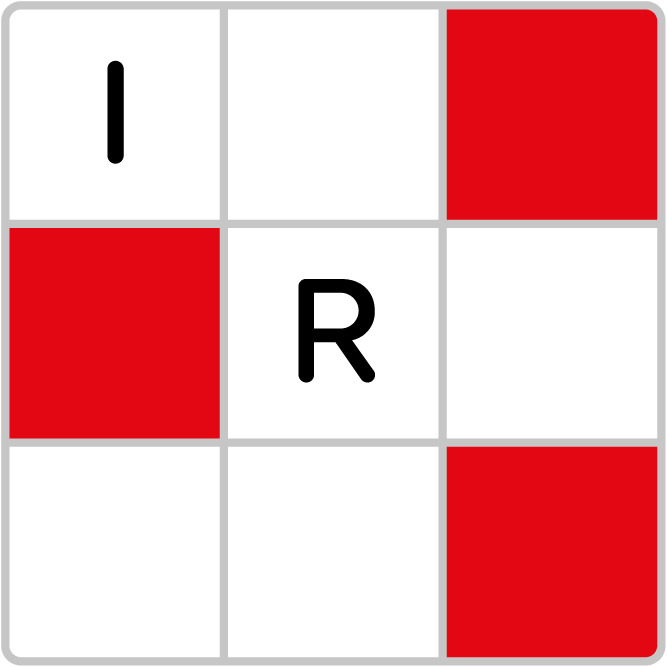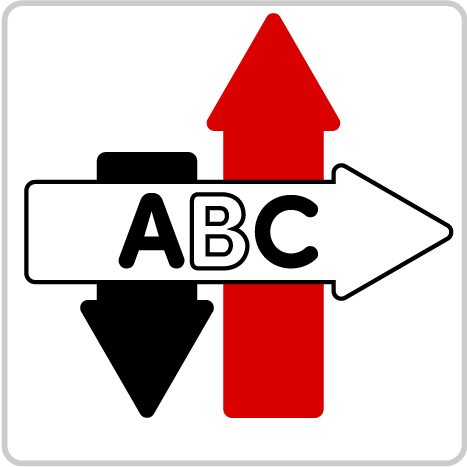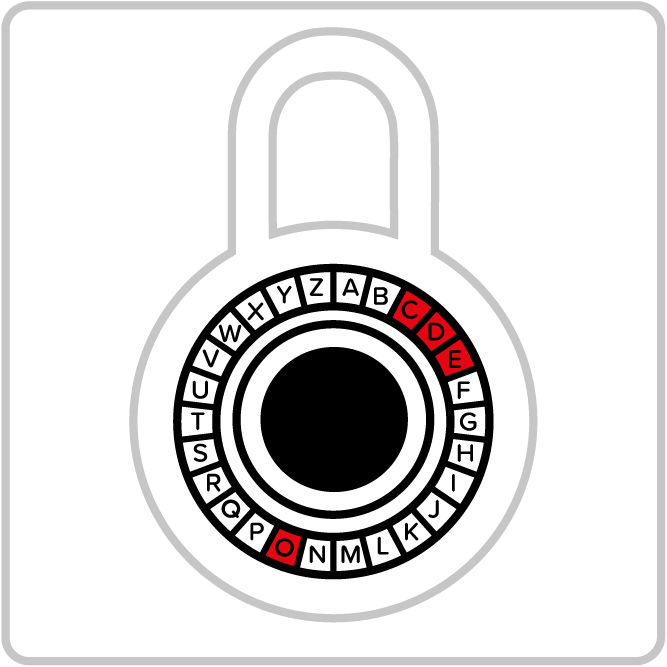SKELETON CROSSWORD
Complete a crossword by filling in the grid’s black squares as well as the answers.
- Clue-Based Puzzle
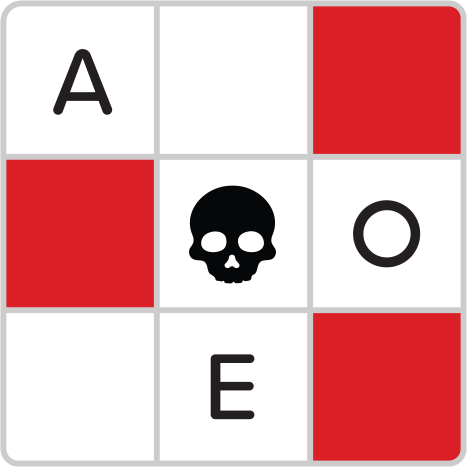
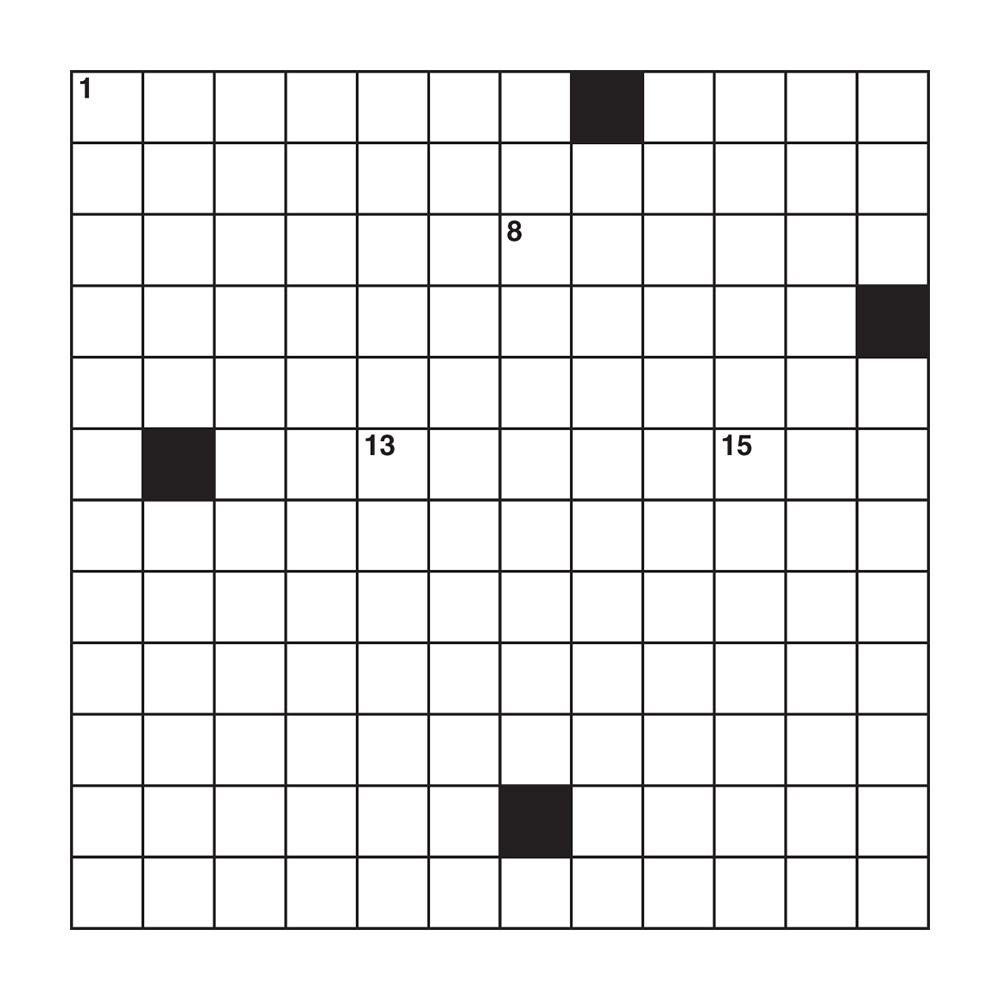


The Skeleton Crossword (aka Bare Bones and Diagramless) is appropriately named, as it gives the solver just the skeleton of a crossword grid, with only a few black squares and clue numbers in place. As well as answering the crossword clues, the solver must fill in the rest of the black squares. To make things even more difficult, the clues have no letter counts. So where does the solver begin?
The key to solving a skeleton is to grasp the central idea that crossword grids are symmetrical. This means that the few black squares and grid numbers that are given are clues to the positions of others. Exactly how much help these starters provide depends on the type of symmetry used in the design of the grid, with fully symmetrical grids being of most help to the solver.
The pre-set clue numbers can be a help in deducing the position of further black squares. For instance, if the solver notices that a number in the middle area of the grid refers to an Across clue, then the square to the left of that number must be black. In the same way, if the number refers to a Down clue, the square immediately above it must be black.
If the solver is able to enter an answer, the answer is likely to provide a clue to further black squares – the square immediately following the last letter of the answer will be black (unless the answer runs to the edge of the grid).
A skeleton crossword usually has straight clues, but we can use any kind of clue. Similarly, many crossword variants can be adapted to work with the skeleton principle – which can provide an extra ingredient to make puzzles more interesting, or more challenging, depending on your point of view.
CASE STUDIES
Find out how we can help you with a wide range of puzzle solutions. Complete the form or call us today on 07816 088 083.
Puzzles can help grow your audience, engagement and revenue.
Find out how today.
Call: 07816 088 083

